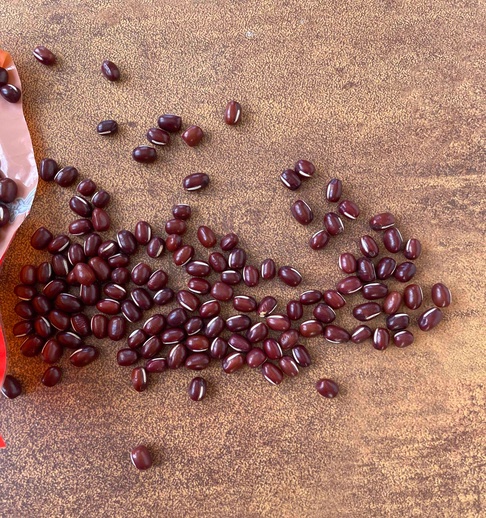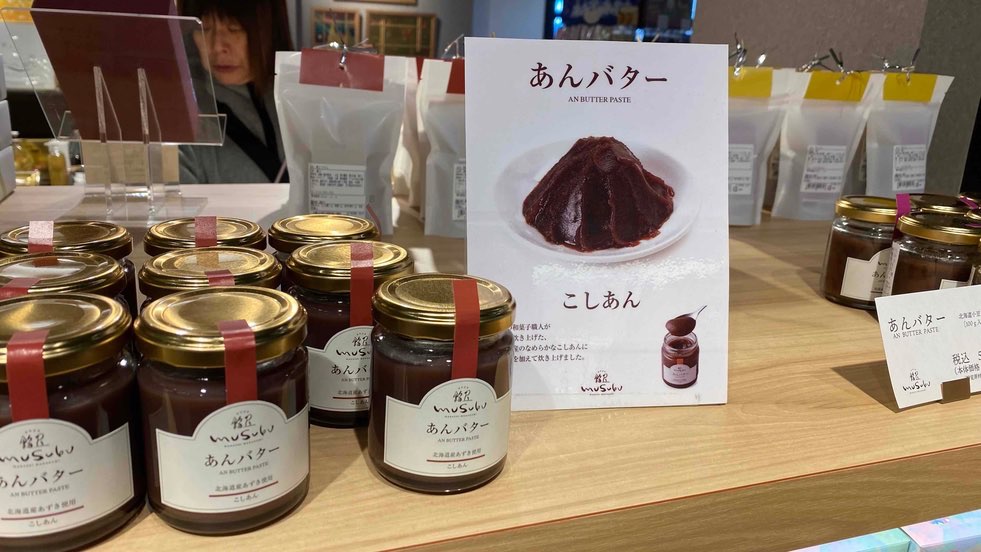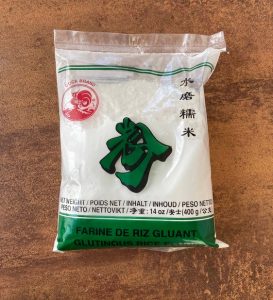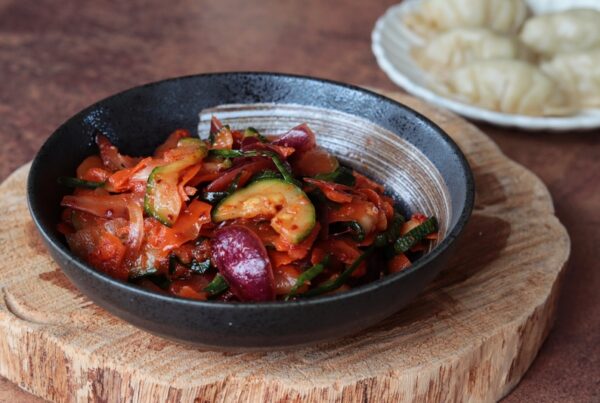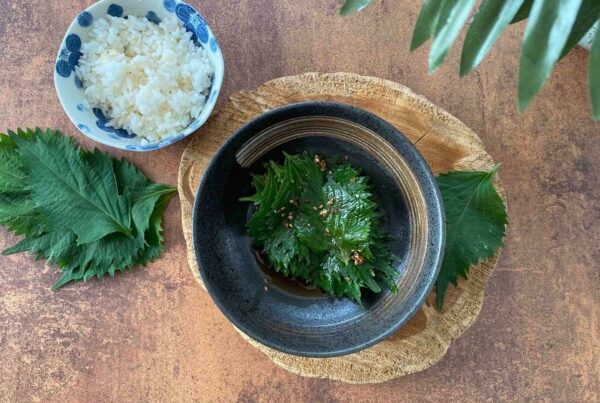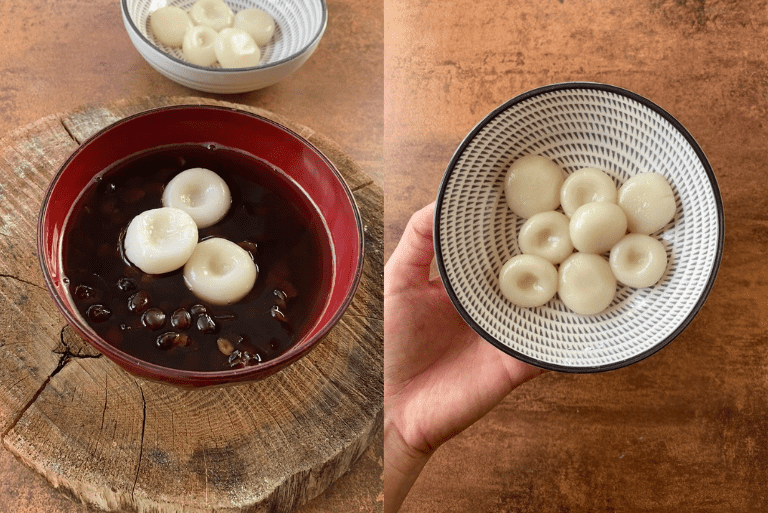
Nabekko dango is a red bean soup made of azuki beans and topped with chewy rice dumplings. Even though this dish is referred as a soup, it is a popular winter dessert in Japan.
This sweet azuki soup made its appearance in a Japanese series streamed on Netflix, “The Makanai: Cooking for the Maiko House”. The plot is about two friends who set out to Kyoto to become apprentices in the art of the geisha, steer each of them toward separate paths.
What is Nabekko Dango?
Nabekko dango is a Japanese red bean soup made with azuki beans. It’s more like a dessert soup because you add sugar to the cooked beans. It is topped with rice flour dumplings called nabekko or shiratama dango (in the picture below). The shape of the dumpling resembles a pot (nabe in Japanese), that’s why it is called nabekko dango.
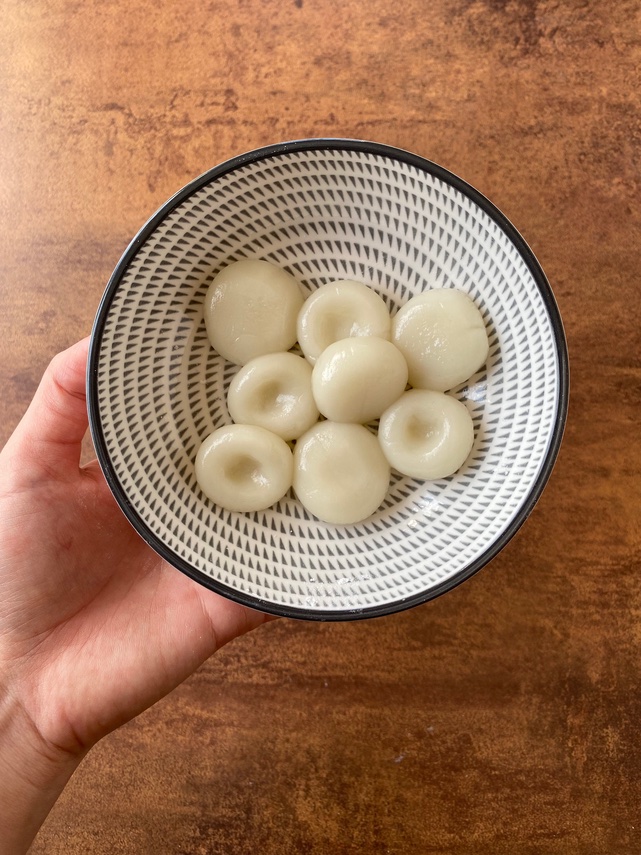
Nabekko dango is a comfort dish for many Japanese people. Although it’s more autumn / winter dessert, people enjoy it all year round because you can serve it both hot or cold. In the old days, nabekko dango was often made at the end of autumn during festivals praying for a good harvest.
What is the Difference between Nabekko dango, Zenzai, and Oshiruko?
If you will look for a red bean soup recipe, you will probably find more often dishes called Zenzai and Oshiruko. Basically, it’s the same dish made with same ingredients with just little differences here and there. But it may become really confusing.
All these dishes are sweet red bean soup made from azuki beans topped with rice dumplings (shiratama dango) or toasted mochi (rice cake). The name depends on the region. Nabekko dango is traditional dish in the southern area of Aomori Prefecture. But if you will ask people from western and eastern parts of Japan what is Oshiruko and Zenzai, they will probably give you a different explanation. So, you can also adapt this dish to your liking. Here are different ways to prepare red bean soup:
- Boiled azuki beans are crushed into smooth silky paste and you will have more like watery consistency soup
- You can combine whole and crushed azuki beans
- You can serve azuki beans topped with mochi (without soup)
This is another example how cold zenzai desert can look like. You can see this kind of dessert quite often in Kyoto. It consists of sweet adzuki beans, dango dumplings, matcha ice cream and a whipped cream.
Why Azuki Beans?
This dish is prepared solely from adzuki beans. Adzuki beans are highly popular in Japan, being the second most consumed type of bean in the country (after soybeans). However, they are not used for savory dishes but rather for sweet ones. You’ll find them in various sweets and desserts.
For many people, preparing beans in a sweet manner might seem unusual, but in Japan, it’s very common to use adzuki bean paste, known as “anko,” everywhere. Even in combinations that might not occur to you in your wildest dreams. You can find it in bread, ice cream, or as a sweet filling in doughnuts. If there are desserts with filling, there will undoubtedly be a version with sweet adzuki bean paste. You can even buy anko butter paste.
Where to Get Rice Dumplings?
Nabekko dango is prepared with soft chewy rice dumplings in round shape (shiratama dango). You can also try it with a toasted mochi (kiri mochi) but it may be difficult to buy. Depends on where you live and what options you have. For me it’s impossible to buy both, kiri mochi and also shiratama dango.
Kiri mochi refers to dried and packaged mochi usually in a square or round shape. You can grill it, microwave it, cook it on a pan or add it directly to the soup. If you cannot buy kiri mochi, shiratama dango may be a better option. If you can buy or order online a glutinous rice flour, you can make homemade shiratama dango. (left photo: uncooked mochi, right photo: baked mochi)
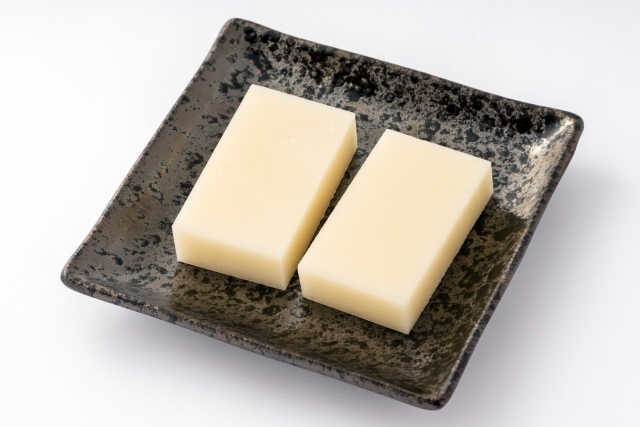
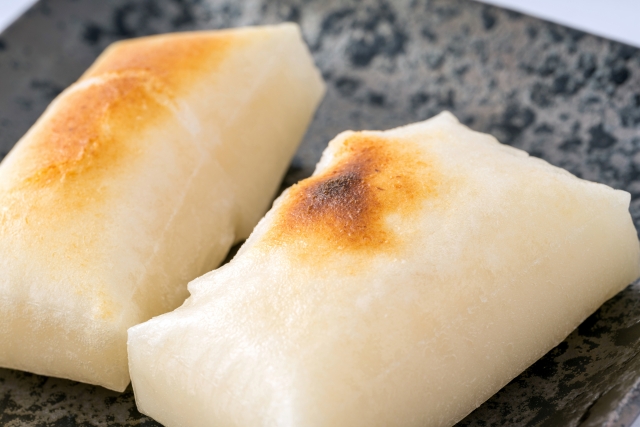
How to Make Shiratama Dango?
You will need a glutinous rice flour but the thing is, that there are two types of Japanese flour you can use: shiratamako or mochiko. If you can get shiratamako, use that one. The dumplings will have very smooth bouncy texture. But, again, for me it’s impossible to buy these Japanese flours. They don’t sell it here or it will be super super expensive. So I tried it with another brand. This flour is from Thailand.
These rice dumplings have soft and chewy texture and they are quite sticky. If you don’t use them right away, keep them in water and store in the refrigerator.
How To Make Red Bean Soup?
It’s basically cooking azuki beans until they are soft so you can squish the bean with your fingertips, then adding a sugar and a pinch of salt. Unlike many other kinds of beans, you don’t have to soak azuki beans. But if you soak them, they will cook faster. Cooking time depends on the age and quality of the beans. Old beans may not be cooked even after two hours.
Tips on Cooking Red Bean Soup
- I recommend to change the water 1 – 2 times to remove the astringent taste. Make sure the beans are always fully submerged in the water.
- Add sugar and salt after the beans are cooked. If you add it before, beans will not soften. You can adjust the amount of sugar to your liking.
- You can cook the rice dumplings in a separate pot and add them to the soup or you can cook them directly in the soup. Add them after the soup is ready because the dumplings need only 3 minutes to be ready
Interested to discover more about Japanese cooking? Let’s keep in touch on Instagram, Facebook, and Pinterest.
Sharing is caring:
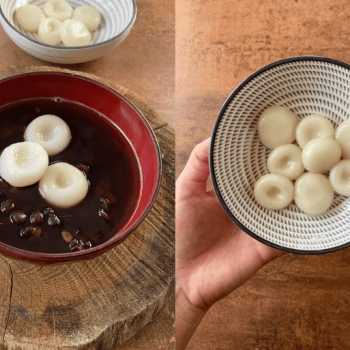
Nabekko Dango (Red Bean soup)
Video
Ingredients
- 100 g azuki beans
- 1 liter water
- 80 - 100 g sugar
- Pinch of salt
For rice dumplings (8 small pieces)
- 30 g rice flour
- 2 + 1/2 tbsp water
- Pinch of sugar (less than 1/2 tsp)
Instructions
- Wash the azuki beans and discard any damaged beans.
- Place the azuki beans in a pot and add 500 ml of water and bring to boil over medium-high heat. Once boiling, turn down the heat to medium-low and simmer for 20 minutes. Tip: I recommend to put a drop lid on top (otoshibuta in Japanese). It will prevent the beans from moving too much so they won't break and it will also stop the liquid from evaporating too much. You can make it from aluminum foil. Just take a sheet of aluminum foil and fold the edges into a circle so that it fits inside the pot. Make a vent in the middle.
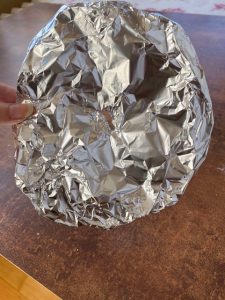
- After 20 minutes, change the water and use another 500 ml of fresh water. Again bring to boil over medium-high heat and once boiling, turn down the heat to medium-low. It will take another 40 - 60 minutes of cooking. Depends on the age and quality of the beans. And also if you soaked them before or not.
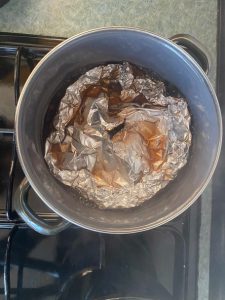
- The water will evaporate. If necessary, keep adding water so the beans are fully submerged. I added 200 - 300 ml of water.
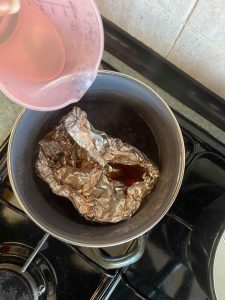
- In the meantime, prepare rice dumplings. Mix rice flour with water and pinch of sugar. You may need slightly more or less water. It depends on the flour. Don't add all the water at once but gradually or wet your hand a little bit and knead the dough.
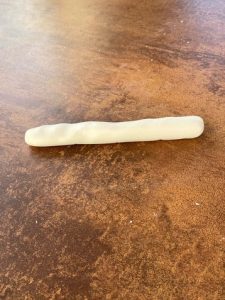
- The texture of the dough should be like earlobe. Divide the dough into 8 pieces (6 - 7 grams each). Form a ball and then slightly press to flatten it. You can use the end of wooden spoon or your finger tip to make a small dimple.
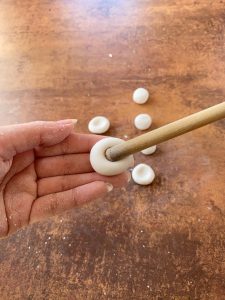
- Cook them in a boiling water for about 3 - 4 minutes. They will start to float. Or you can add them directly to the soup and cook them together with azuki beans. As they need only few minutes to be ready, add them after the beans are cooked.
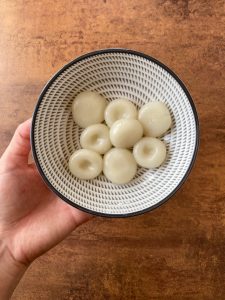
- Try the beans. If you can squish them easily with your finger tips, they are done.
- If the beans are cooked, now add sugar and pinch of salt. Adjust the sweetness to your liking.
Itadakimas!

